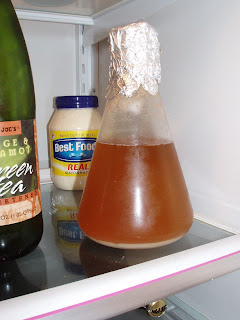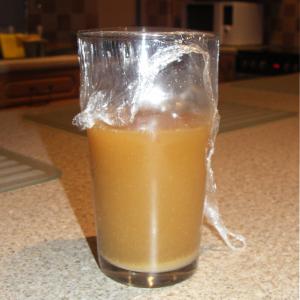Jrome
Member
Hello all,
So I made my first starter yesterday. Used about 3/4 of a cup DME in ~1000ml of water. Pitched a White Labs Belgian Ale vial yesterday around 2:00.
It's been sitting in my basement around 70 degrees. Still no sign of activity. I usually wouldn't be worried, but I figured starters should start pretty quickly. Am I delusional?
Also: The yeast I used expires in Oct. Could that be a problem?
Also: There are tiny bubble making their way to the surface, good or bad?
Thanks all!
Jeremy
So I made my first starter yesterday. Used about 3/4 of a cup DME in ~1000ml of water. Pitched a White Labs Belgian Ale vial yesterday around 2:00.
It's been sitting in my basement around 70 degrees. Still no sign of activity. I usually wouldn't be worried, but I figured starters should start pretty quickly. Am I delusional?
Also: The yeast I used expires in Oct. Could that be a problem?
Also: There are tiny bubble making their way to the surface, good or bad?
Thanks all!
Jeremy





